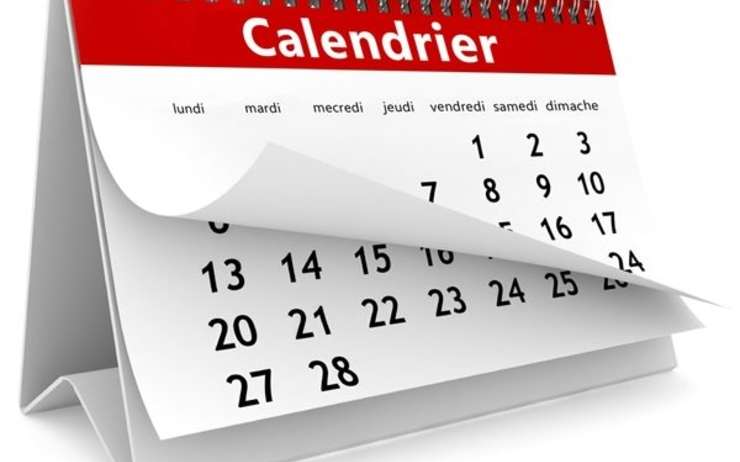
The Czechs have 13 days off. So before you set foot in Prague airport, take a look at the Czech calendar to avoid being surprised by a public holiday and possible site or museum closures.
Here are the 13 Czech public holidays!
In this article, you’ll find the list of Czech public holidays, their history and, above all, my tips for enjoying the festivities with the Czechs if you’re in Prague at that time.
No need to change the dates of your stay because of a Czech holiday
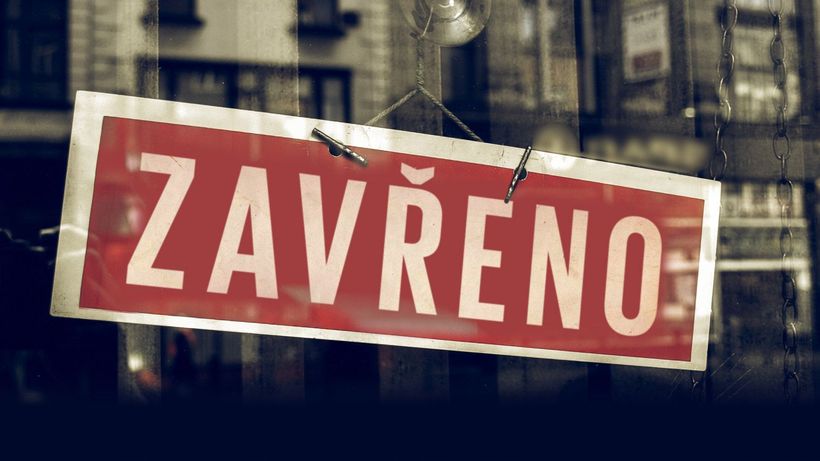
When you’re in Prague, you’ll find that the Czech capital is a very lively city. On Sundays too, whereas other European capitals can be a little dead on this day. Despite its communist past, the Czech Republic is a very liberal country today, and the majority of Czechs are in favor of department stores being fully open on public holidays. Hypercentre stores and shopping centers will therefore be open on public holidays more often than not (like Palladium opposite the Municipal House or Quadrio, which hides Franz Kafka’s head). Since 2016, only stores over 200 m2 have had to close on certain public holidays: January 1, Easter Monday, May 8, September 28, October 28, December 24 afternoon, December 25 and 26. But you’ll still find the small Billa supermarkets at the main station in the center of town and at the airport. The «food courts» next door to the supermarkets are also often open with special opening hours. «Closed» is Czech for «Zavřeno».
January 1, the end of Czechoslovakia
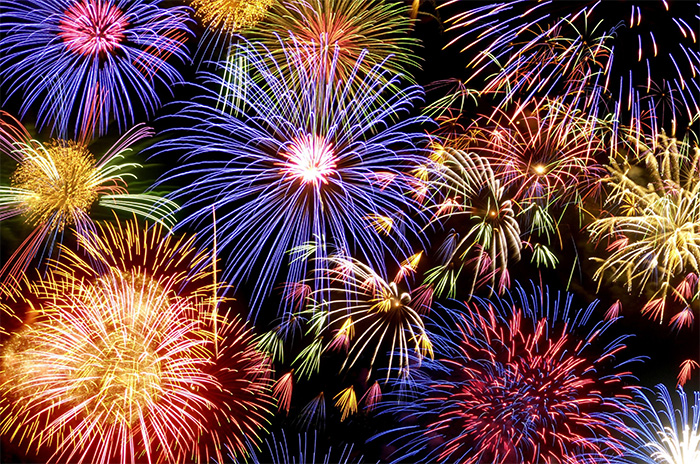
January 1 is a special day in the Czech Republic, as we also celebrate the end of Czechoslovakia in 1993, and the consequent creation of Slovakia and the Czech Republic («velvet divorce», as they say, for this most peaceful dissolution without a referendum). On January 1st, at 6 p.m., the traditional fireworks display comes to an end, to be replaced (if need be) by a video mapping display offered by the city of Prague (the mayor’s office has done away with fireworks, which caused noise and pollution, but also frightened dogs and birds). Prague is no stranger to video mapping, with the Signal festival one of the city’s most high-profile festivals.
Video mapping scheduled not on December 31st but on January 1st
Note that this New Year’s Eve video mapping (as before the official fireworks display) doesn’t take place on December 31, but the following day, as all Czechs are busy setting off their own firecrackers and rockets on New Year’s Eve! In the days leading up to New Year’s Eve, these Chinese-made fireworks can be found prominently displayed in supermarkets and grocery stores all over the country. If you’re strolling through town at midnight on the 31st, you’ll smell the sulphur and spend your time jumping! However, since 2020, it has been forbidden to set off rockets in the historic center, in parks, near waterways (to the delight of swans!) and near hospitals or retirement homes. It’s also traditional to take a walk on New Year’s Day to celebrate the arrival of a new year. According to folklore, certain activities were avoided on the night of December 31st and the morning of January 1st to avoid bad luck, such as doing the laundry, taking things out of the house or sweeping up to avoid «sweeping up» bad luck. Finally, eating lentils on New Year’s Day would bring wealth.
Tip: If you’re coming to Prague for New Year’s Eve, it’s important to book your Prague hotel as early as possible: The destination is very popular, and the closer you get to December 31, the higher the prices! And if you’re planning to visit Prague with a dog, choose a different time of year so as not to frighten him.
Good Friday and Easter Monday
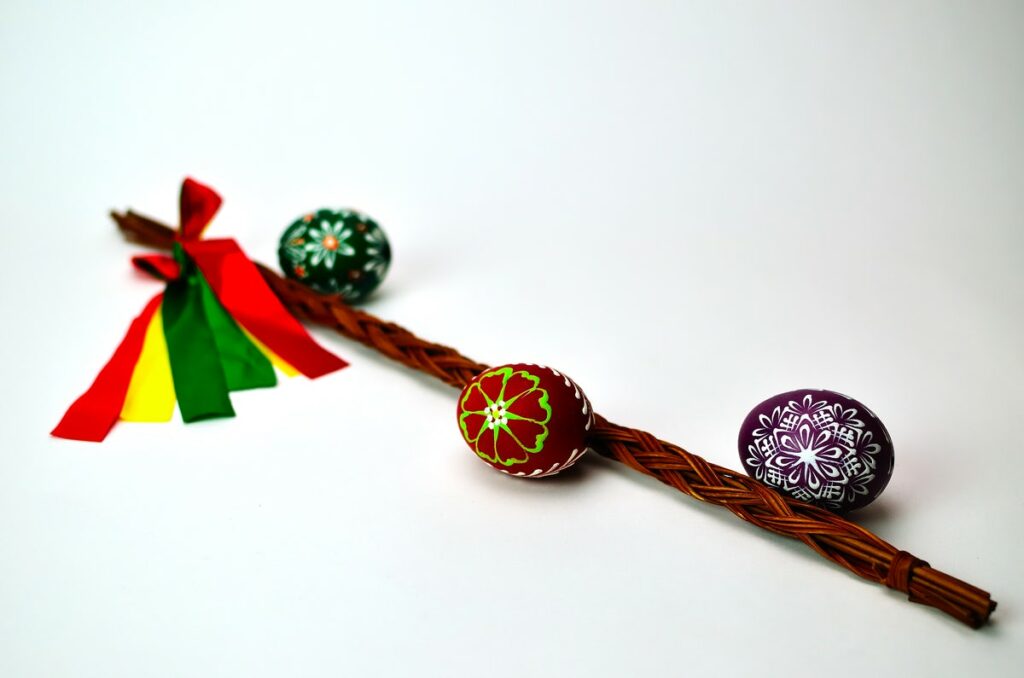
It was only in 2016 that Good Friday became a public holiday in the Czech Republic (it was also a public holiday in Czechoslovakia until 1951, when it was abolished by the Communist regime). At Easter, however, stores in the center of the city are often open, and only large retail outlets are obliged to close on Mondays. Don’t miss the lively Easter traditions in the Czech Republic (even though most Czechs claim to be atheists). You’ll find painted eggs at traditional Easter markets as souvenirs. You’ll taste local specialties like mazanec, a brioche braided with almonds and raisins that you’ll find in bakeries and supermarkets. And above all, you’ll discover a somewhat controversial tradition: boys whip girls» bottoms on Easter Monday, using a whip made from braided willow branches… Spending Easter in Prague is an excellent idea, but again, as the city is popular with tourists at this time of year, book your hotel as early as possible to make substantial savings.
May 1st, Labour Day
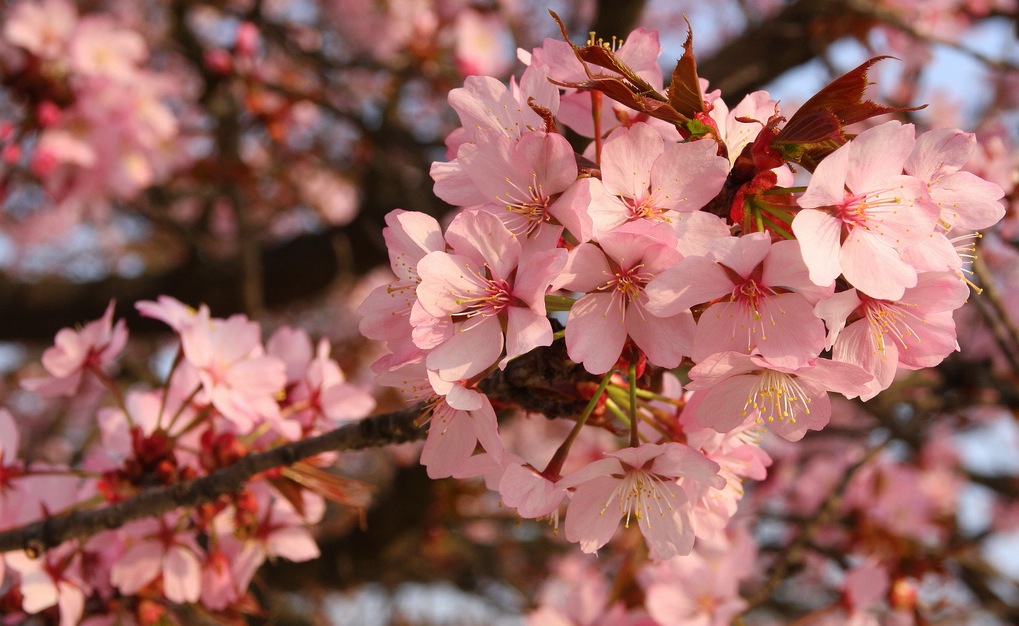
Labor Day is not always respected in the Czech Republic. And while the more restrictive 2016 law obliges shops over 200 m2 to close on certain public holidays, not on May 1st! In the city’s hypercentre, the streets will even be bustling with activity. There will be no big trade union parades, but a few political rallies here and there. It’s true that the Czechs don’t really like demonstrations, inoculated by 50 years of communism during which not taking part in processions and rallies was frowned upon, children included… The Castle, the National Museum, the Prague City Gallery, the National Technical Museum, the Kunsthalle and the Musoleum, Prague Zoo and the Botanical Gardens are open as usual.
No lilies of the valley, but the festival of love if you’re a couple
It takes place on the beautiful hill of Petřín, where you can go before or after visiting the Castle. There, we kiss under the cherry blossom trees (or another tree if you can’t find one). This tradition dates back to 1836 and Karel Hynek Mácha’s romantic poem Máj (May): «It was the end of a May evening, the first of May, the time to love». Since then, every young girl must be kissed on May 1st to be as beautiful and flourishing as the month of May can be. Here again, I’m repeating myself, but many travelers don’t book early enough and pay a high price: book your hotel quickly to take advantage of the best prices at this time of year, perhaps the most beautiful in Prague! Finally, the day before, April 30, is also Witches» Day, if you’re in the mood for a bit of a tease..
May 8, Liberation Day
No huge celebrations on May 8 , which is Liberation Day and commemorates the end of the Second World War. At most, as on all state holidays, you’ll see small Czech flags adorning the front of Prague streetcars. As on May 1st, almost all banks, public administration institutions, universities and schools will be closed, as will stores larger than 200 square meters and department stores. All major museums and galleries will remain open. Many important historical, cultural and political buildings offer free admission (Hrzánský and Liechtenstein Palaces, Czech Senate…)
July 5, Day of the Slavonic Apostles Cyril and Methodius
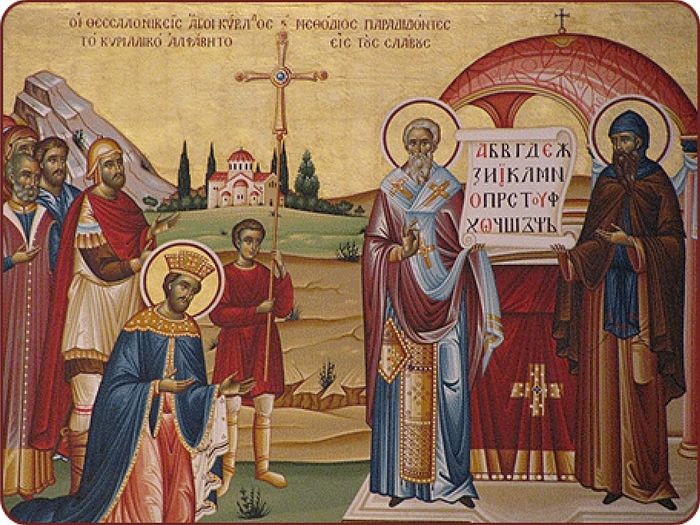
This is the day of the Slavic Apostles Cyril and Methodius. These two Greek brothers evangelized the Slavic peoples of Central Europe in the 9th century (they introduced Eastern Orthodox Christianity to Moravia in 863). The two brothers invented the Glagolitic alphabet used to write the first written Slavic language. Cyril is often credited with the development of the Cyrillic alphabet, still used in Russia and other countries, but which was created later, using certain elements of glagolitic, and simply named in his honor. A church in Prague bears the name of the two saints, and it was here that Heydrich«s assassins took refuge, a significant episode in the Second World War.
July 6, death of Jan Hus
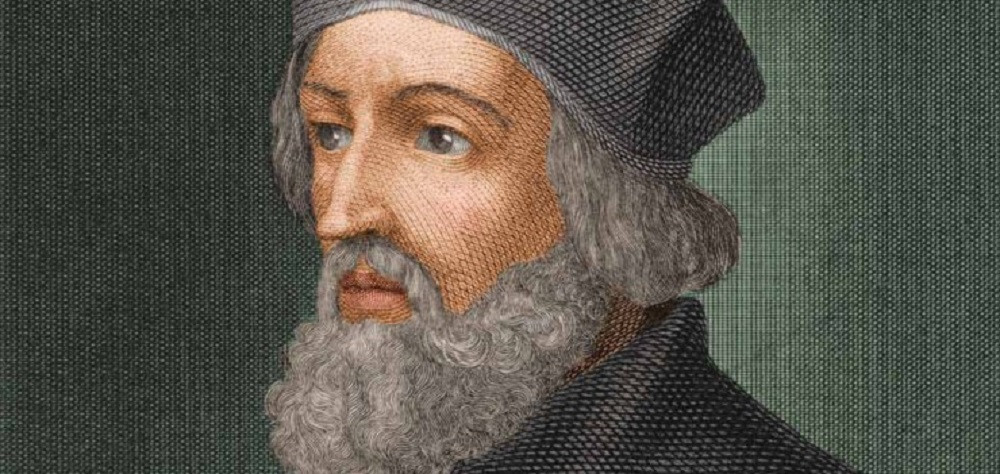
The day Jan Hus was burned at the stake. This theologian and academic was a religious reformer of the 14th and 15th centuries. He preceded Martin Luther by over a century in his efforts to reform the Catholic Church, seeing the power of Christianity in the people rather than the clergy. He began preaching at St. Michael’s Church (kostel svatého Michaela, deconsecrated in 1786, which I knew as a discotheque and now an exhibition space) before moving to the Bethlehem Chapel (of which only a few original elements remain) and then to the province in 1412.
Jan Hus represents Czech resistance to Catholic, imperial and German oppression.
He was excommunicated in 1411, then condemned for heresy before being burned at the stake in Constance in 1415 (his ashes were thrown into the Rhine to prevent them from becoming venerated relics). The Hussite Wars followed between 1419 and 1434 (go and see the monumental equestrian statue of Jan Žižka on Vítkov hill, site of a battle in 1420!) This also gave rise to the Hussite Church, and Protestantism today sees Jan Hus as a precursor. This has made him a national hero, with a statue in Old Town Square since 1915 and the 500th anniversary of his death. The Czech language also owes him its háček, an inverted circumflex that you’ll see on many letters of the Czech alphabet.
September 28, the feast of Saint Wenceslas (and the river)
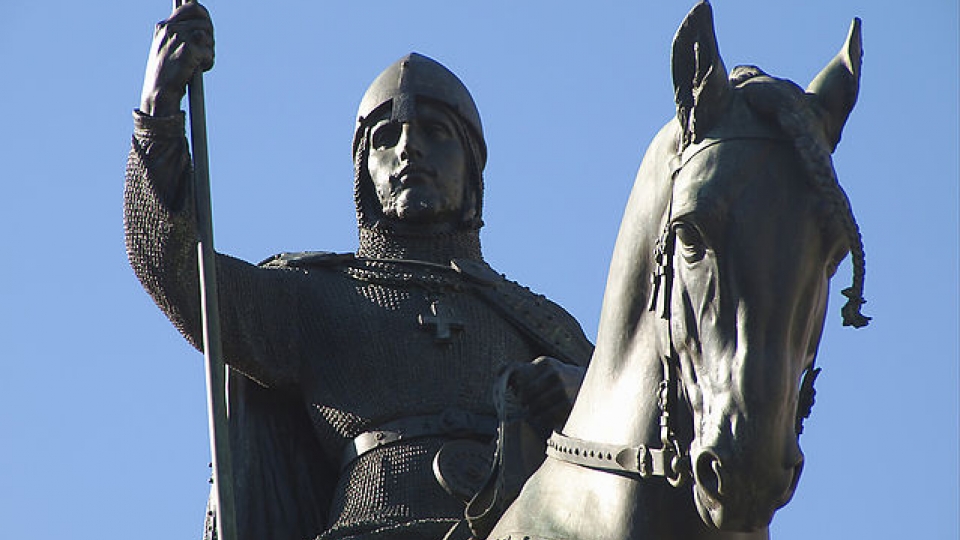
This is the feast of St. Wenceslas (Svatý Václav), patron saint of Bohemia and Moravia (10th century) and patron saint of the Czech state. September 28 has been a public holiday since 2000. Why September 28? It’s the date of the assassination of the duke of the Přemyslid dynasty (in 929 or 935?) by his brother Boleslav the Cruel, probably against the backdrop of a religious quarrel. As a martyr, Wenceslas quickly became the object of an important cult. His brother himself, full of repentance, had his remains transported to St. Vitus Cathedral in the Castle. A few decades after his death, Wenceslas was canonized, and it was only after his death that he was elevated to the title of king by the Holy Roman Emperor Otto I. Prince Wenceslas» legacy spans centuries, he was later declared eternal ruler of the Czech lands and Charles IV spread the cult of Saint Wenceslas throughout Europe in the 14th century. The relics of St. Wenceslas can be seen in St. Vitus Cathedral, and every year a pilgrimage is organized to Stará Boleslav and the place of his death. Wenceslas is also the patron saint of beer. That’s how important he is in the Czech Republic! He even banned the export of hops to maintain the unique flavor of Czech beer. Wenceslas is best known for his strong Christian faith and his efforts to spread Christianity in Bohemia at a time of political and religious turmoil. Today, Prague’s main square is called Wenceslas Square (since 1848 and the Czech National Revival).
Don’t miss the two statues representing Wenceslas.
The equestrian statue in Wenceslas Square, completed in 1924, is a must-see! It stands in front of the National Museum, next to the memorial to Jan Palach. It was in front of the statue that Czechoslovakia declared its independence in 1918 (see next public holiday) and that the Velvet Revolution took place in 1989 (see November 17 public holiday). Before the widespread use of cell phones, people often met under the horse’s tail. Another, more iconoclastic statue depicts the patron saint’s upside-down horse, a work by the ubiquitous David Černý, which you’ll find again in the superb Lucerna Passage. From mid-September, the Czech crown jewels will be on display free of charge in the Vladislav Hall of Prague Castle’s former royal palace, on the occasion of St. Wenceslas Day. There is also an open day at the Ministry of Culture, which opens the doors of Nostitz Palace. The Ministry of Finance and the Straka Academy, the official seat of government in a neo-Baroque building, are also open.
September 28 is also International Rivers Day, and the Vltava is honored with hundreds of canoes paddling down the river in the heart of the city.
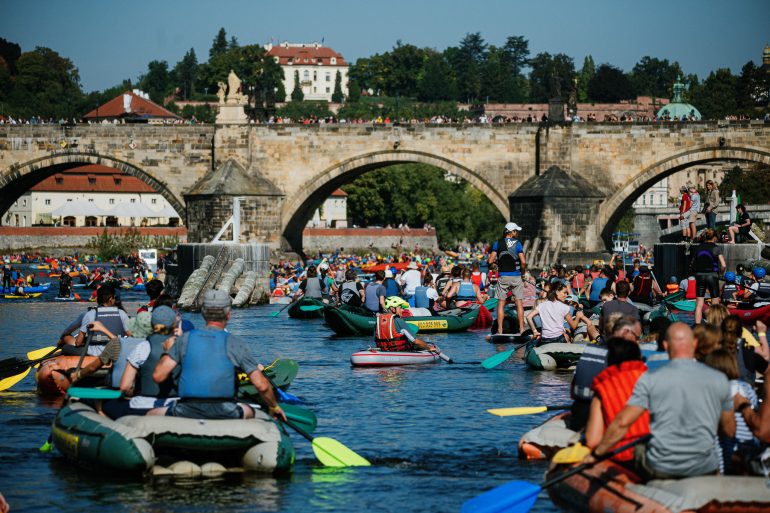
October 28, birth of Czechoslovakia
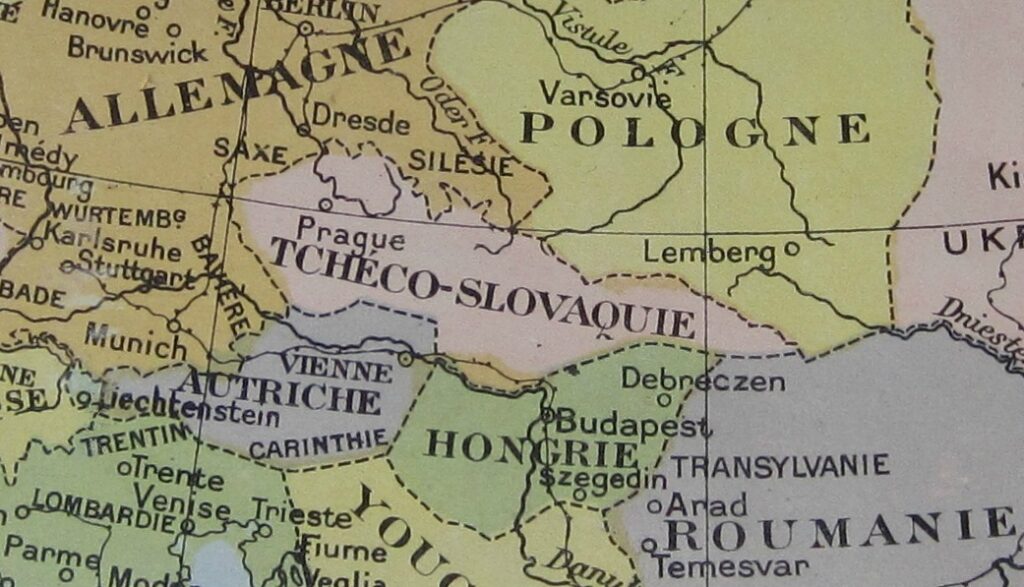
This is the day Czechoslovakia was born. Czechoslovakia’s independence was proclaimed on October 28, 1918, in the Vosges town of Darney in France. This first Czechoslovak Republic lasted just 20 years, ending with the Munich Accords signed in September 1938 between Germany, France, the United Kingdom and Italy. These «treasonous agreements» enabled Hitler to annex the Sudetenland, a German-populated region of Czechoslovakia. On October 28 in Prague, the President presents awards and many public places open their doors to the public free of charge, including the Senate (Wallenstein Palace and Kolovrat Palace), the City Library (and the residence of the Mayor of Prague, which it houses, the Town Hall (located right next to the library), the Straka Academy (seat of government), the Municipal House, all departments of the National Museum (not only the historic and new buildings, but also the Vitkov National Monument, the Music Museum, the Smetana Museum, the Dvořák Museum..), the four departments of the National Gallery (Veletržní palác, Šternberský palác, Schwarzenberský palác, Klášter sv. Anežky České), the Town Hall (Nová radnice), the Agricultural Museum, the Clam-Gallas Palace..
November 17, the Velvet Revolution
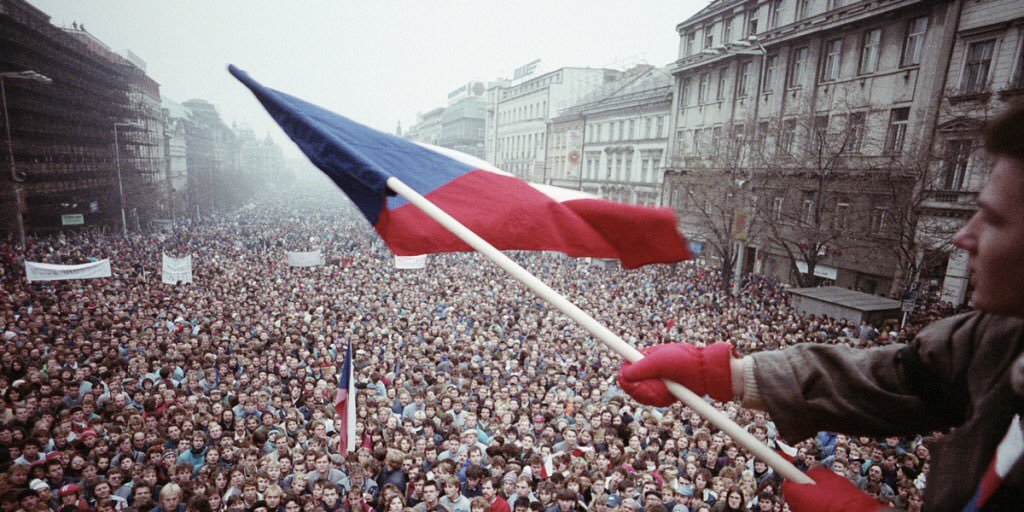
This is the commemoration of the Velvet Revolution, which precipitated the fall of the Communist regime. After the fall of the Berlin Wall on November 9, 1989, demonstrators in Prague’s Wenceslas Square rallied around Václav Havel, who had just spent 5 years in prison. On November 17, a peaceful demonstration by 15,000 students (held every year since November 17, 1939, when the Nazis shot 9 students who opposed them and closed the Czech universities in the Protectorate of Bohemia-Moravia) was dispersed by riot police, thus launching the movement. On December 29, the culmination of the Velvet Revolution, Václav Havel is elected President of the Czechoslovak Republic. Don’t miss the annual celebrations on Národní Street (Korzo Národní) to mark this Day of the Struggle for Freedom and Democracy and International Students» Day. At the symbolic hour of 5:11 p.m., the emblematic song «Prayer for Marta» is sung. Some people would like to make November 17 a «national holiday» (in the same way as January 1, the day on which the Czech state was founded, see above), arguing that there’s no longer any reason to celebrate Czechoslovakia, which hasn’t existed for over 30 years. On November 17, the National Museum, Liechtenstein Palace, National Gallery… are often open exceptionally or free of charge.
December 24, 25 and 26
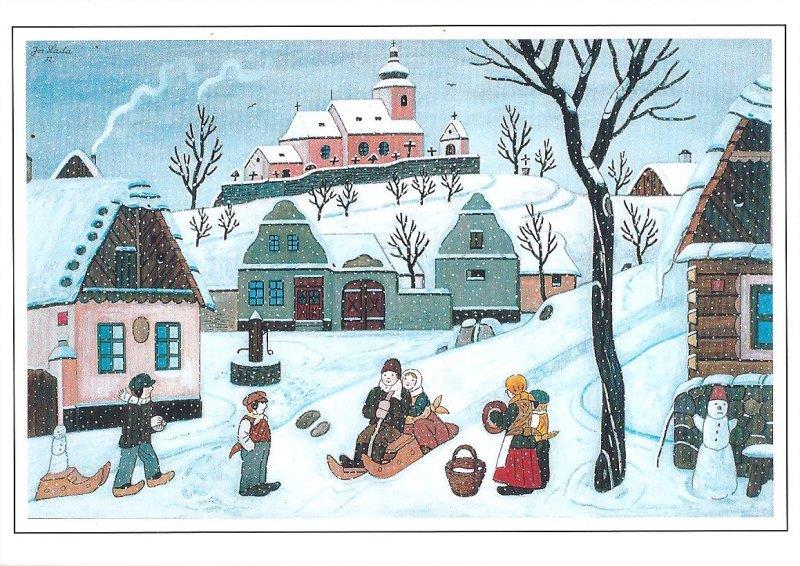
No less than three public holidays at Christmas, compared with just one in France. It’s true that Christmas traditions are particularly strong in the Czech Republic, where people often take a week off work. Stores larger than 200 m2 close at noon on December 24, as well as on December 25 and 26. Stores at airports and railway stations (including the Billa supermarket at Prague Main Station) are exempt. On the blog, you’ll find an article on Prague’s famous Christmas markets and the «famous» carp, which is hard to miss. As the Christmas period is in great demand, remember to book your hotel as early as possible to take advantage of the best deals. And if Prague is snowed in at Christmas, it’s truly magical! Last but not least, if you’re in Prague on the 26th, a few intrepid people will be jumping into the Vltava River near the National Theatre. An unusual tradition dating back to 1923! And if the snow doesn’t come, you’ll find souvenirs with the drawings by Josef Lada (see drawing above), the great illustrator of Czech winters of yesteryear, in the Nováků passage (next to the Lucerna passage, Vodičkova 30). Beautiful illustrations of winter in Prague and the Czech Republic.